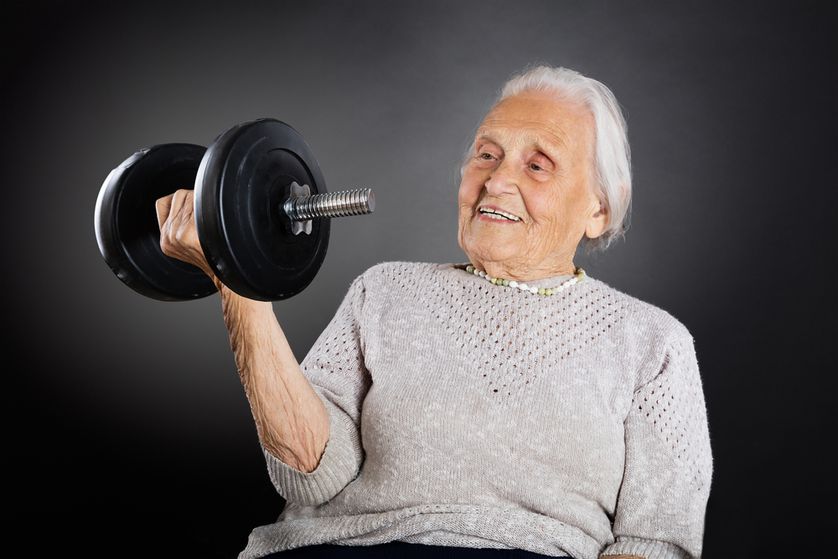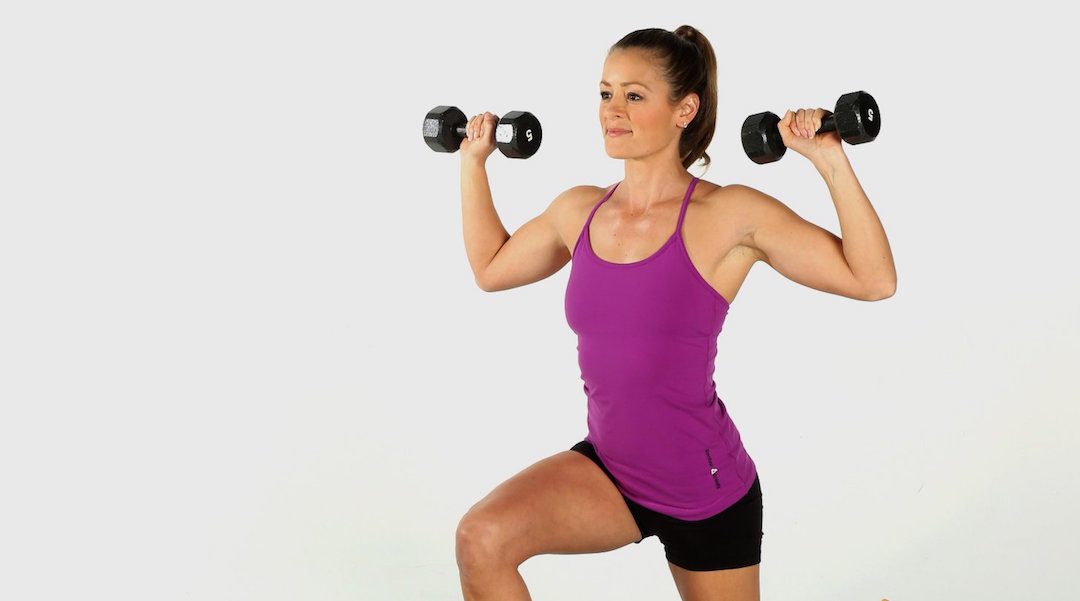Weights Rule
* Okay, okay, so you’ve begun a walking regimen, and that’s wonderful! (By the way, there’s more and more evidence that using something like a FitBit when you’re walking can be very motivating.)
* And you are eating breakfast now and finding that you have more energy. Good for you!
* You are mastering your yoga moves like never before. Yes, Grasshopper—well done!
* And it seems that using weights and weight training still have a place in your wellness suitcase, girlfriend. That’s crucial, too, and brings me to my topic. Let’s start with these basic questions:
1.) Do you have to work out for hours or lift huge amounts of weight to build muscle?
2.) Do you need a very expensive gym membership to make it happen?
3.) Do you need to counter the effects of weight training (for all you women out there)? Do you need to worry about bulk ?
Well, the answers, as you may have already guessed, are no, no, and no—a thousand times no! There is really no downside to weight training at any age, providing reasonable precautions are taken.
So if you want to lose weight and incorporate weight training, check this article:
https://www.nytimes.com/2017/11/15/well/move/to-maintain-muscle-and-lose-fat-as-you-age-add-weights.html?smprod=nytcore-ipad&smid=nytcore-ipad-share

Here are some basics: when you lift weights, you are asking your muscles to “re-build” themselves in ways that don’t happen with walking or other aerobic exercises on those bloody cardio machines. What happens as a result of weight training is that the muscles actually ask your body to burn more energy, because they need the fuel. It’s during the rests between weight workouts that the muscle recovers and then grows. An extreme example of this effect can be seen in body builders, who achieve competition form from weight training, usually using free weights, periods of rests and rebuilding, and laser focus on their food choices.
By the way, women, this fact is important—9,999 out of 10,000 of you don’t have the necessary testosterone in your body to make serious shifts in muscle response and growth. In other words, you don’t have to be concerned with “bulking up.” Be reassured—it’s about our womanly hormonal makeup. Male bodybuilders often put in 15 hard weight-training hours a week to get the results they’re working for. Other men can get excellent results from fewer hours of weight work, thanks to the testosterone they were born with.
From Our Friends at NerdFitness
Strength training has a much higher level of excess post-exercise oxygen consumption than aerobic exercise. This is because your body requires more calories to maintain muscle than it does to maintain fat. By this metabolic process, you lose weight and also appear more trim as you add muscle and lose fat.
Denise’s
 2 Cents:
2 Cents:
A cautionary note: after the age of 35 we all start losing muscle mass. That’s why an older woman (say 70 years old) may still fit into her high school clothes. But because that person has lost muscle mass over time, she can appear skinny but not feel strong. It’s the issue for all of us to ponder as we age. To keep your body revved up and your metabolism functioning at a high level (burning fat and digesting food efficiently), it’s crucial to increase muscle mass. By adding weight training to your workouts, you may very well lose weight, but more importantly you will shift the fat/muscle ratio. This contributes to longevity, strength, and overall wellbeing. You can get there with a gym membership, or by using free weights and exercise balls at home.
